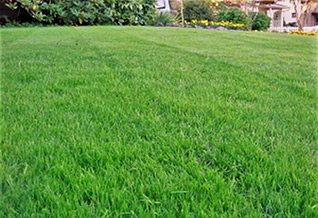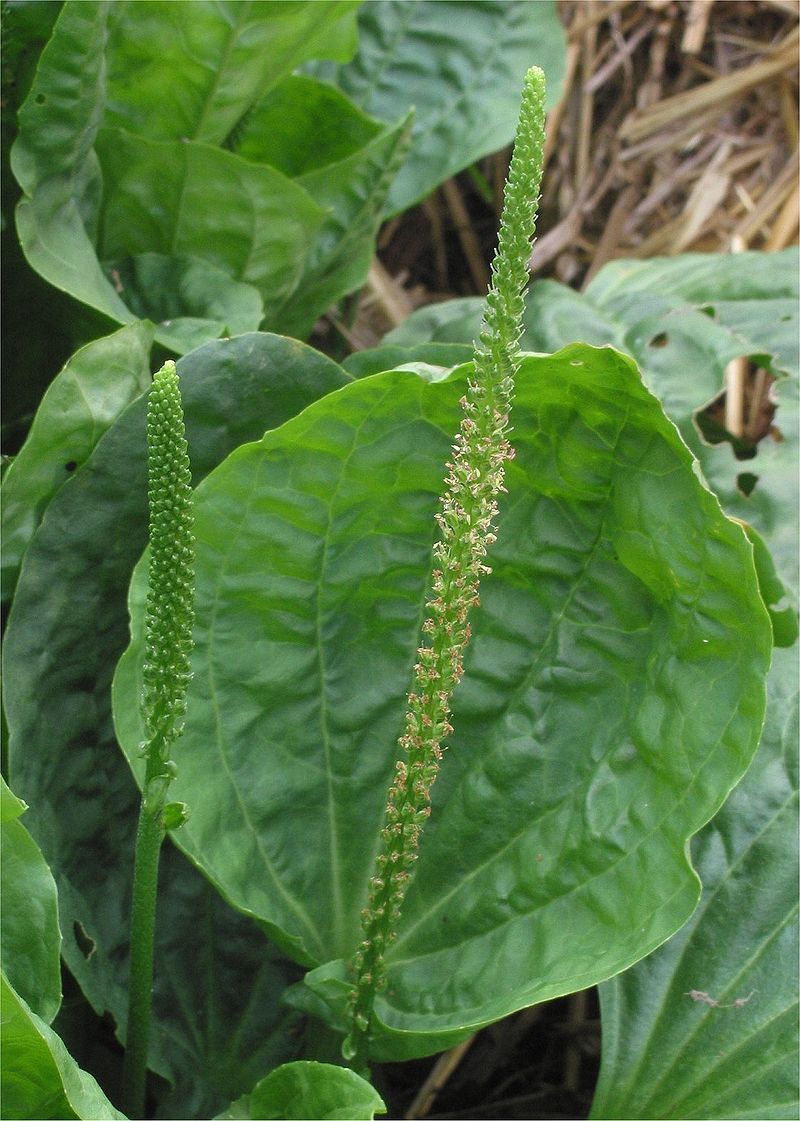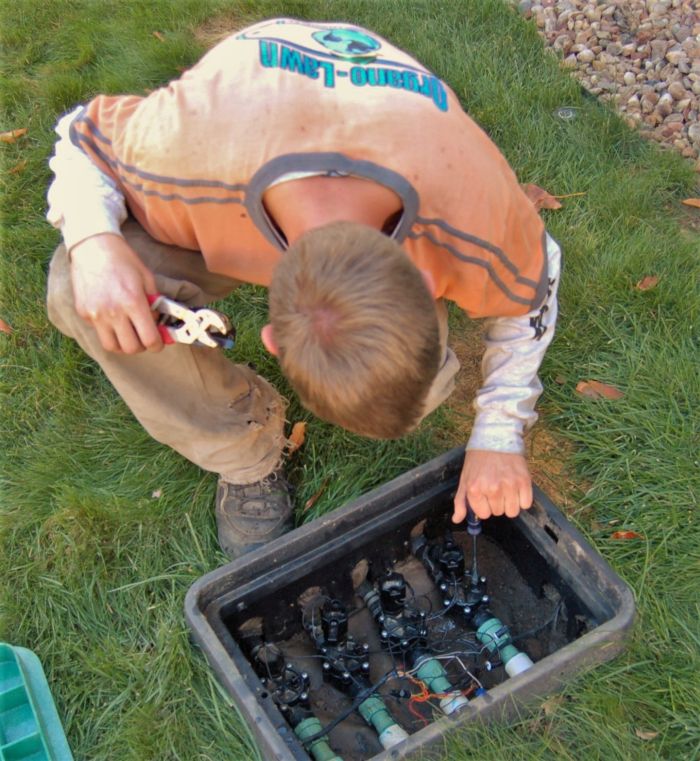Proper lawn watering is the most important aspect of organic tree and lawn care, yet it is the biggest frustration that homeowners face.
Most lawn problems i.e. 99% of lawn problems are watering related. Improper watering causes lawn funguses, shallow growing grass roots, kills beneficial microbial activity, and in turn kills soils. Many lawn problems are caused by either under watering, overwatering, too frequent of watering, and/or poor sprinkler coverage. Sometimes a single lawn will have sections that are over watered and other sections that are under watered.
All the lawn watering problems can be fixed by closely following the lawn watering technique called 1-2-3-2-1 lawn watering. Organo-Lawn invented this lawn watering technique specifically for lawns in Boulder and Fort Collins Colorado, but this technique can be used everywhere.
Symptoms of Overwatering a Lawn
- Severely compacted soils
- Necrotic Ring Spot lawn fungus
- The abundance of insect pressure
- Mold or root rot
- Shallow root system in the lawn
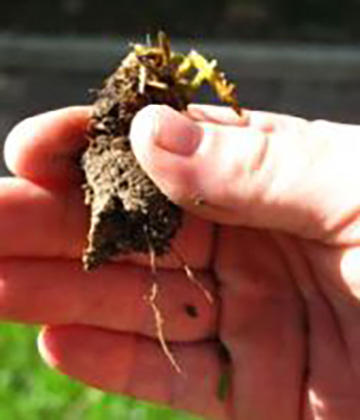
Overwatering a lawn is much worse for the grass and trees than under watering a lawn. The reason overwatering a lawn is worse is because the water replaces the air in the soil which starves the soil of oxygen. This will result in both shallow grass roots and will kill the beneficial microbes that are living in the soil. Air is extremely important to maintaining a living soil and without the proper amount of air in the soil the lawn will suffer.
Most of the time when we see a watering problem in a lawn we advise the customer that we need to adjust the watering schedule in their lawn. They often assume we want to water more. The majority of the time we end up reducing the frequency of the lawn watering schedule and increasing the duration per cycle. This will ensure a deep but infrequent watering letting the soil dry out in between watering so the microbes in the soil can be breath, and will train the roots to grow deep.
Necrotic Ring Spot
Necrotic Ring Spot is a symptom of severe overwatering a lawn for a long period of time. The necrotic ring spot fungus is commonly found in lawns, but only when the lawn is over watered is it able to become dominant and take over. Depending on the severity of the fungus outbreak it can take 6 months to a year to recover. Knowing this, it is better to under water a lawn than over water it. If you follow our 1-2-3-2-1 lawn watering technique you won’t have to worry about over or under watering!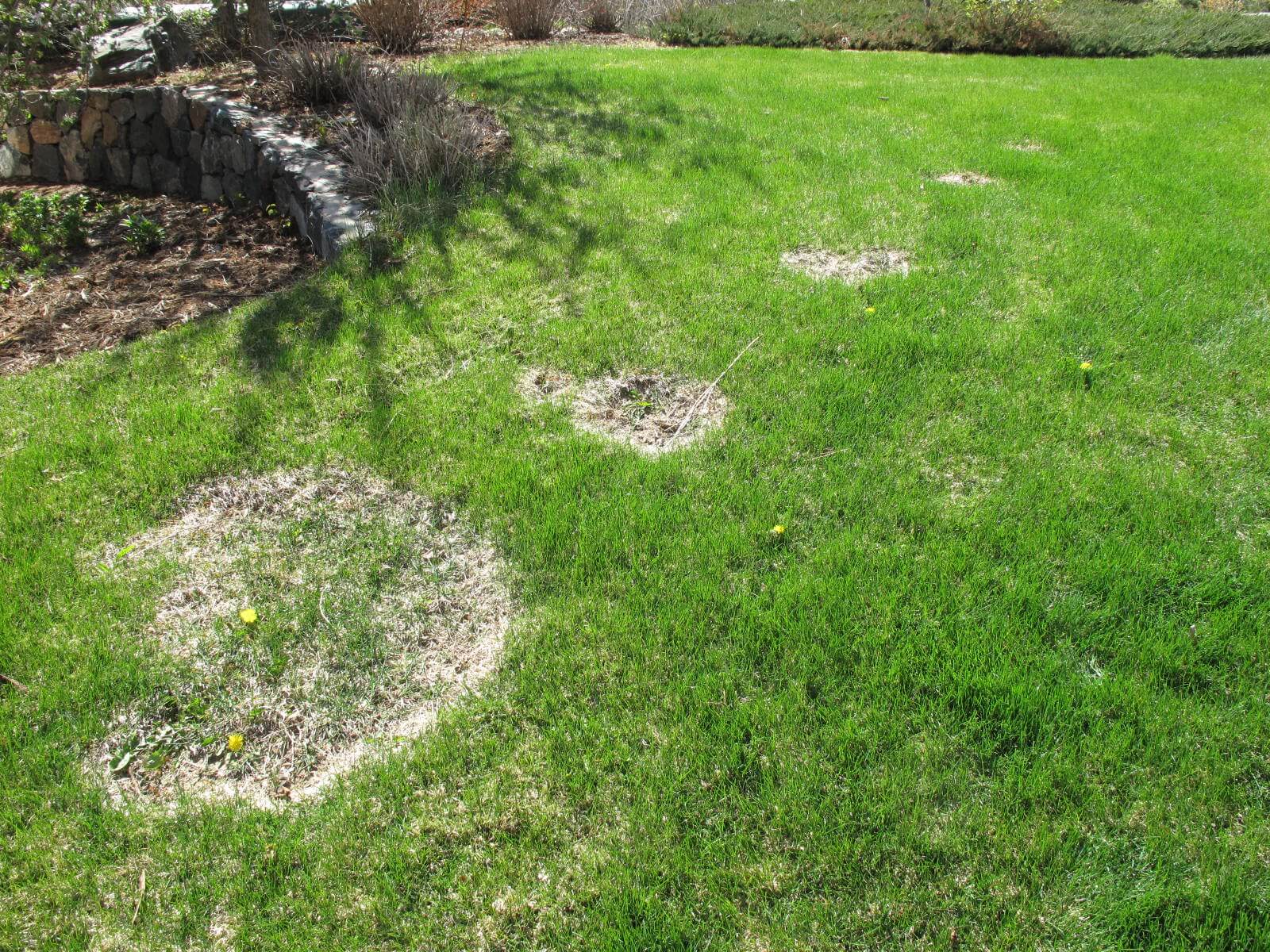
What are lawn watering tips for clay soil?
Proper lawn watering using the 1-2-3-2-1 lawn watering technique will help prevent soil compaction. The best way to improve a clay soil is to create a living soil. A living soil means it is teeming with beneficial microbial activity. Some organic lawn care products that stimulate a living soil include Humate soil conditioner. Humate is scientifically proven to stimulate microbial activity in the soil. This product will also help the lawn recover more quickly from NRS. Lawn aeration is also an important lawn care service that will help break up the heavy clay content of soils.
How Much To Water To Keep a Lawn Green Without Over Watering
Full Sun (South Facing Aspects)
Greater than 85 degrees F
2.1 inches of water per week
(7/10th of an inch of water 3 times a week)
Between 70-85 degrees F
1.4 inches per week
(7/10th of an inch of water 2 times a week)
Less than 70 degrees F
.7 inches of water per week
(7/10th of an inch of water 1 time a week)
Normal Facing (East / West Facing)
Greater than 85 degrees F
1.5 inches of water per week
(1/2 of an inch of water 3 times a week)
Between 70-85 degrees F
1 inch per week
(1/2 of an inch of water 2 times a week)
Less than 70 degrees F
.5 inches of water per week
(1/2 of an inch of water 1 time a week)
Full Shade (North Facing or Full Shade)
Greater than 85 degrees F
1 inch of water per week
(1/3 of an inch of water 3 times a week)
Between 70-85 degrees F
.66 inches per week
(1/3 of an inch of water 2 times a week)
Less than 70 degrees F
.33 inches of water per week
(1/3 of an inch of water 1 time a week)

